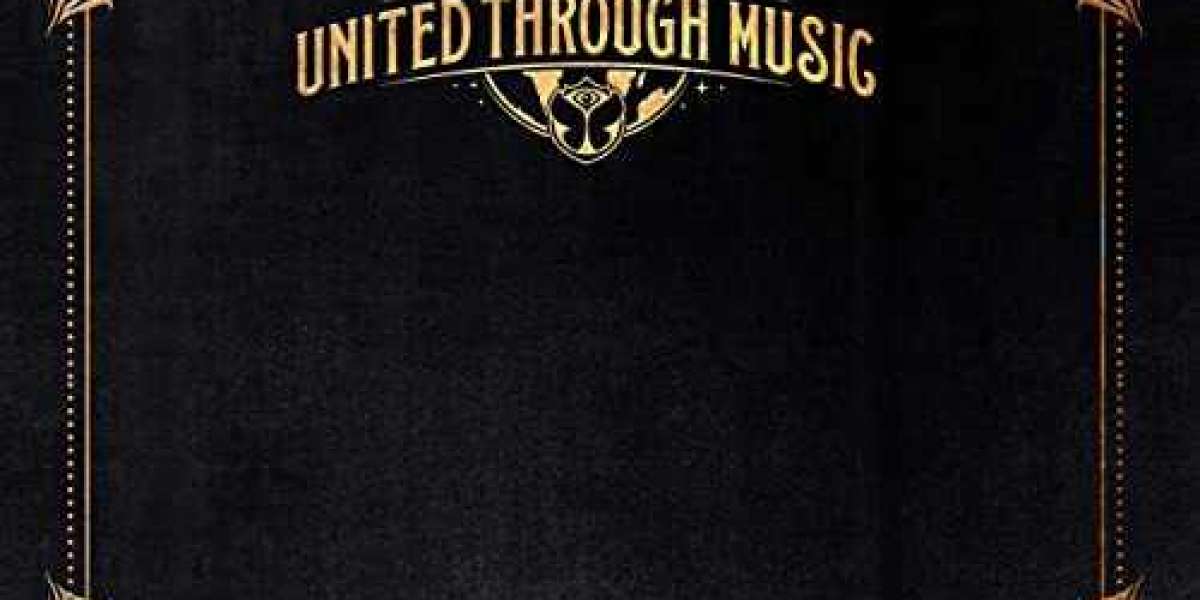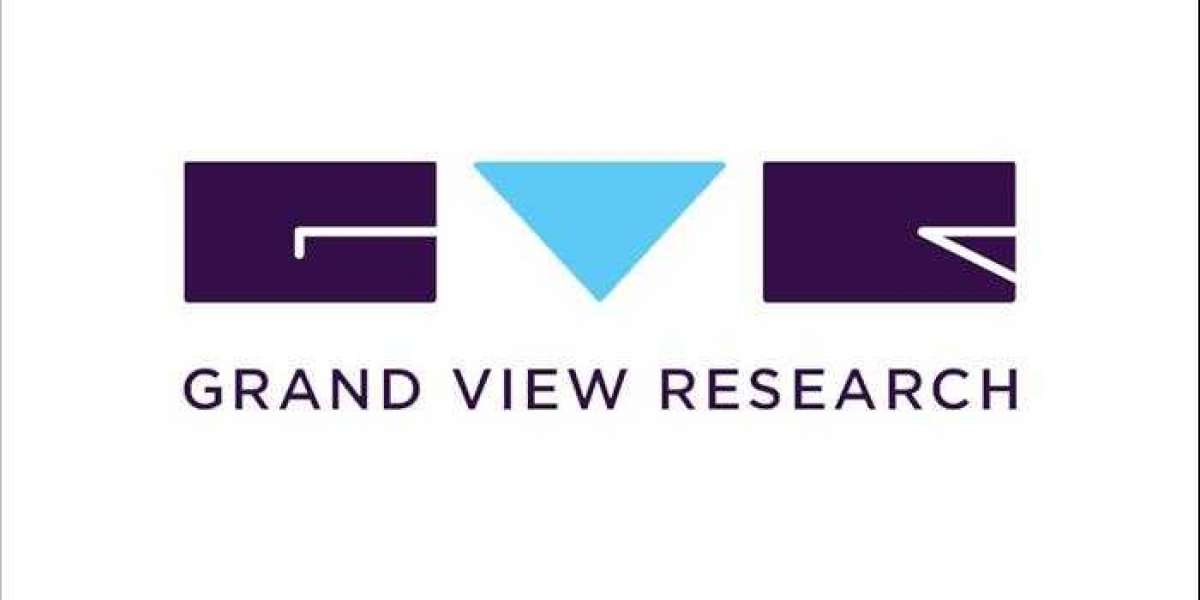The representation of LGBTQ+ individuals in cinema has evolved significantly over the years, reflecting the changing attitudes and societal progress towards greater acceptance and understanding. From early stereotypes and marginalization to more authentic and diverse portrayals, LGBTQ+ representation in film has come a long way. In this article, we will explore the journey of LGBTQ+ characters and narratives in cinema, highlighting the milestones, challenges, and the ongoing push for authentic representation.Early Stereotypes and CensorshipIn the early days of cinema, LGBTQ+ characters were often depicted using harmful stereotypes, portraying them as villains, comic relief, or troubled individuals. The Hays Code in the mid-20th century further restricted the portrayal of LGBTQ+ characters, leading to a lack of visibility and authentic representation.The New Queer Cinema MovementThe late 20th century saw a shift with the emergence of the New Queer Cinema movement. Filmmakers like Todd Haynes ("Poison," 1991) and Gus Van Sant ("My Own Private Idaho," 1991) challenged traditional narratives and offered more nuanced depictions of LGBTQ+ lives. These films were instrumental in giving a voice to the LGBTQ+ community and laying the groundwork for future progress.Breakthrough Films and Mainstream AcceptanceThe 21st century brought breakthrough films that achieved mainstream success while authentically portraying LGBTQ+ characters and stories. "Brokeback Mountain" (2005) and "Milk" (2008) received critical acclaim and helped humanize LGBTQ+ experiences for a global audience.Transgender RepresentationThe portrayal of transgender characters and issues has gained prominence in recent years. Films like "Dallas Buyers Club" (2013) and "A Fantastic Woman" (2017) have highlighted the struggles and resilience of transgender individuals, contributing to a broader understanding of gender identity.Diversity and IntersectionalityContemporary cinema is increasingly embracing diversity and intersectionality within the LGBTQ+ community. Films like "Moonlight" (2016), "Carol" (2015), and "Tangerine" (2015) explore the intersections of race, gender, and sexuality, offering a more comprehensive view of LGBTQ+ experiences.Challenges and Ongoing AdvocacyDespite significant progress, challenges persist in achieving authentic LGBTQ+ representation. Issues such as "queerbaiting" (using LGBTQ+ themes for profit without authentic representation) and the underrepresentation of queer actors continue to be areas of concern. Advocacy groups and movements like #OscarsSoWhite and #OscarsSoStraight have highlighted the need for greater inclusivity in the film industry.The Impact on SocietyLGBTQ+ representation in cinema goes beyond entertainment; it has the power to challenge stereotypes, break down barriers, and foster empathy and understanding. It has played a crucial role in changing societal attitudes towards LGBTQ+ individuals, contributing to the fight for equality and acceptance.ConclusionThe evolution of LGBTQ+ representation in cinema is a testament to the resilience and determination of the LGBTQ+ community and its allies. From harmful stereotypes to authentic portrayals, film has played a pivotal role in shaping public perception and advancing the cause of LGBTQ+ rights. As we continue to push for greater inclusivity and authenticity in cinema, we celebrate the progress made thus far and look forward to a future where LGBTQ+ stories are fully integrated into the rich tapestry of human experience on the silver screen. More information can be found at the following link xnxx free com video
Search
Popular Posts
-
 Сделайте следующий шаг в своей образовательной карьере: Купить диплом и достичь новых высот
By worksale
Сделайте следующий шаг в своей образовательной карьере: Купить диплом и достичь новых высот
By worksale -
 Диплом по вашему выбору: легко и надежно купить онлайн
By worksale
Диплом по вашему выбору: легко и надежно купить онлайн
By worksale -
 Купить диплом с бесплатной доставкой
By worksale
Купить диплом с бесплатной доставкой
By worksale -
 Преодолейте преграды в карьере: Купить диплом – ваш путь к успеху
By worksale
Преодолейте преграды в карьере: Купить диплом – ваш путь к успеху
By worksale -
 Torrent Mp3 Temper Trap Sweet Disposition Mp3 5.38 MB - Mp3 Pc Cracked Exe Full Version
By berrololof
Torrent Mp3 Temper Trap Sweet Disposition Mp3 5.38 MB - Mp3 Pc Cracked Exe Full Version
By berrololof



